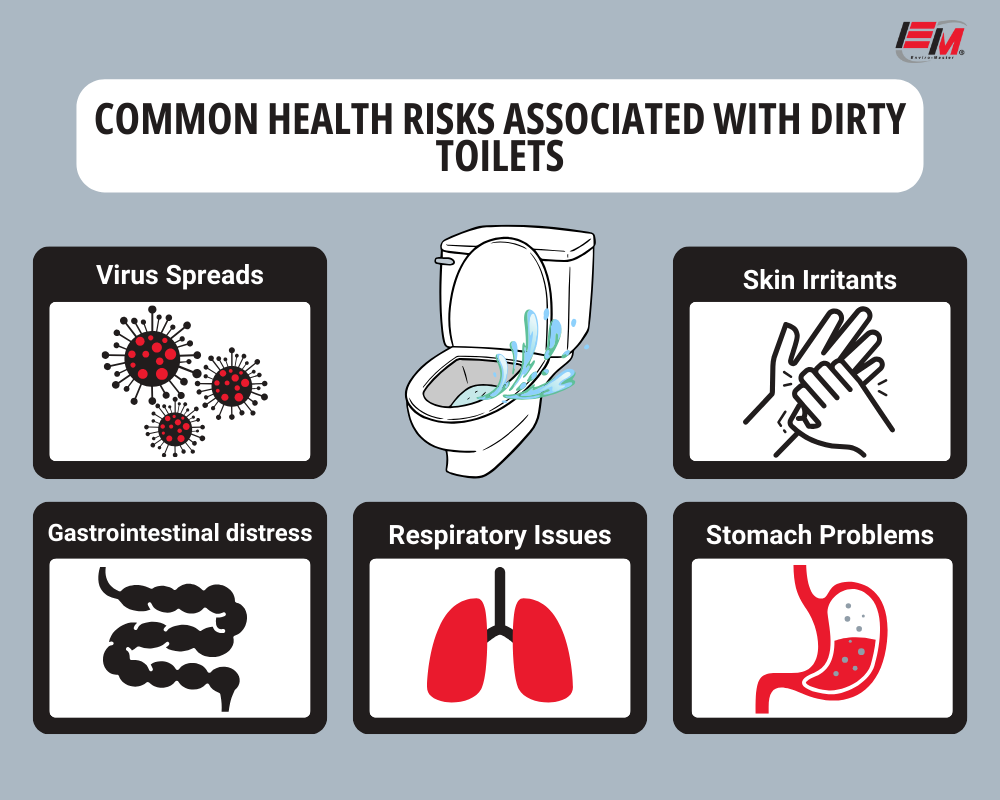The Truth About Germs in Public Restrooms
For many, the experience of entering a public restroom is punctuated by an uncomfortable awareness of cleanliness. Sightings of unwelcome stains and odors can quickly provoke a sense of unease, leading many individuals to employ various methods to avoid direct contact with toilet seats. But just how hazardous is it to sit on these surfaces, and is the apprehension warranted?
Understanding Pathogen Survival
Microbiologist Jill Roberts from the University of South Florida notes that while it is theoretically possible to catch infections from a toilet seat, the actual risk remains minimal. Pathogens that cause sexually transmitted diseases (STDs), for instance, cannot survive long outside of a human host. Consequently, transmission via a toilet seat is exceedingly rare. To be at risk, an individual would need to directly transfer someone else’s bodily fluids from the seat to their own body, which is improbable.
What Are the Chances?
Roberts emphasizes that sexually transmitted infections like gonorrhea or chlamydia are transmitted primarily through direct contact, making public toilets less of a concern. Daniel Atkinson, a clinical lead at Treated.com, echoes this by stating the unlikelihood of contracting bloodborne diseases from surfaces, provided proper hygiene is maintained.
| Pathogen | Transmission Risk from Toilet Seat |
|---|---|
| STDs (e.g., Gonorrhea, Chlamydia) | Very Low |
| Bloodborne Diseases | Very Low |
| Urinary Tract Infections (UTIs) | Low |
When Caution is Needed
However, certain pathogens, such as the human papillomavirus (HPV), can survive longer on surfaces, potentially leading to infection under specific conditions. Karen Duus, a microbiology professor at Touro University, explains that HPV can persist on toilet surfaces for a week, and transmission could occur if there are abrasions in the genital area.
Moreover, the concern extends beyond direct contact. Bathrooms are breeding grounds for other pathogens, including the flu virus and norovirus, which can spread through contaminated surfaces. According to microbiologist Charles Gerba, public restrooms are often cleaned more frequently than private ones, which can reduce the overall risk of contamination.
Practical Hygiene Tips
- Always wash your hands thoroughly after using the restroom; 20 seconds is ideal.
- Avoid using your mobile phone while in the stall to reduce the risk of contamination.
- Touch as few surfaces as possible; consider using touchless systems where available.
- Close toilet lids when flushing, although the effectiveness may vary.
- Give yourself a buffer of 10 minutes before entering a stall after someone else has used it.
Ultimately, while caution is warranted in public restrooms, the fear of contracting diseases via toilet seats may be overblown. Regular hand hygiene remains the simplest and most effective method to avoid unwanted infections. Maintain a balanced perspective on sanitation while recognizing that your risk is likely lower than you may think.

